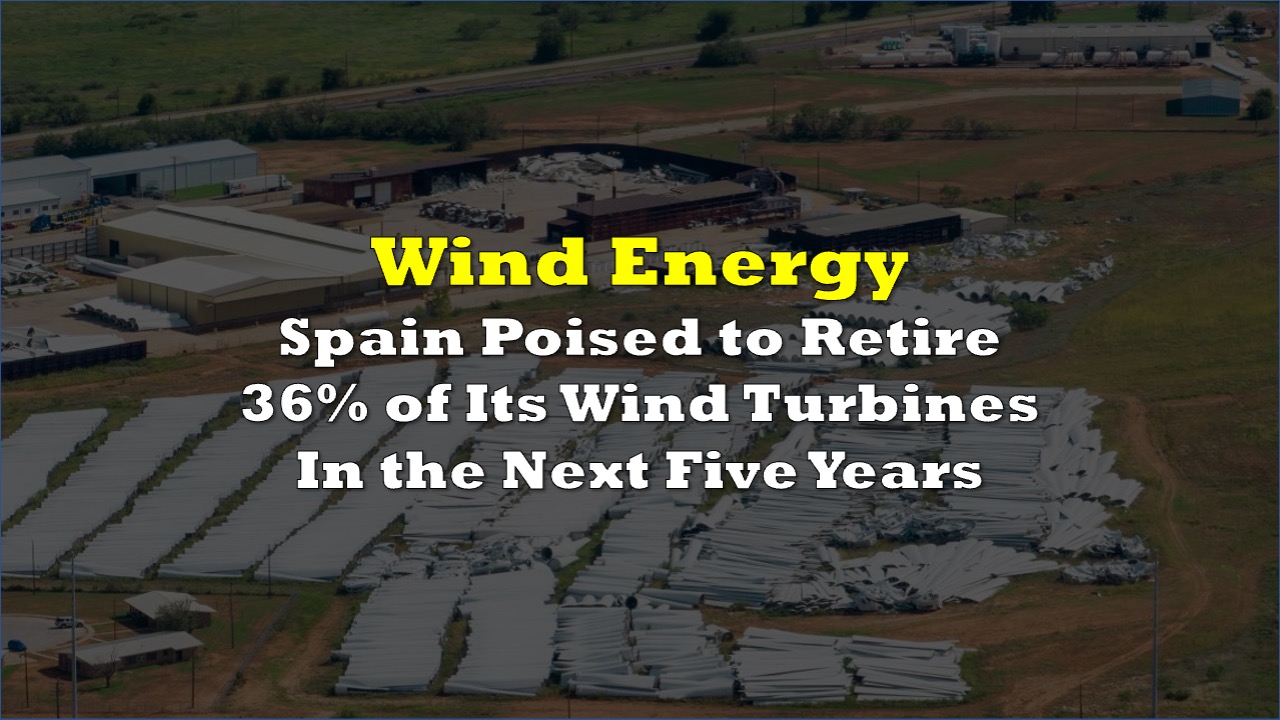Spain is poised to decommission about a third, or 36%, of its wind turbines in the next five years, according to the Wind Energy Association (AEE). These are the portion of its turbines that were installed before 2005, and electricity-generating wind turbines typically have a lifespan of 20-25 years.
The challenge in retiring these massive structures would be the logistics of dismantling, transporting, and processing the decommissioned wind turbines, which would total about 7,500 turbines with 20,000 fiberglass blades. A report from TVP World notes that while 85% of the components can be reused, only a few landfills accept fiberglass.
There are currently over 1,300 wind farms in Spain. The country produces 60.46 TWh of electricity from wind energy, which accounts for 23.3% of the country’s consumption. Retiring a third would likely mean replacing them with newer, more efficient ones, and not the end of the wind industry in the country, as this X user would very much like to believe.
MOST PEOPLE ALREADY KNEW that wind turbines are not and never will be a capable source of energy – so Spain finally gets is and is dismantling 7500 wind turbines.
— BelannF (@BelannF) December 14, 2023
John Kerry – Al Gore – and the profiteers will keep lying to us for money – power – & control. pic.twitter.com/XQkSe3AoaG
A separate report announced that Denmark’s Vestas Wind Systems A/S (CPH: VWS) was recently awarded a 31 MW project by the Spanish oil and gas major Repsol. This project would see the “most powerful wind turbines ever installed in Spain.”
The order is for the supply and installation of five V162-6.2 MW wind turbines at the STEV wind farm, part of the Delta II project, to be located in Aragón, Spain.
Information for this story was found via TVP World, Vestas, IEA Wind TCP, and the sources and companies mentioned. The author has no securities or affiliations related to the organizations discussed. Not a recommendation to buy or sell. Always do additional research and consult a professional before purchasing a security. The author holds no licenses.










One Response
This is absolutely hypocrisy at its best. The writer ASSUMES the wind turbines will be replaced and then blasts the X user of ASSUMING that they won’t be replaced. As long as Spaniards can pay through the roof high electric rates, they will probably continue to replace older ones. It is expensive.